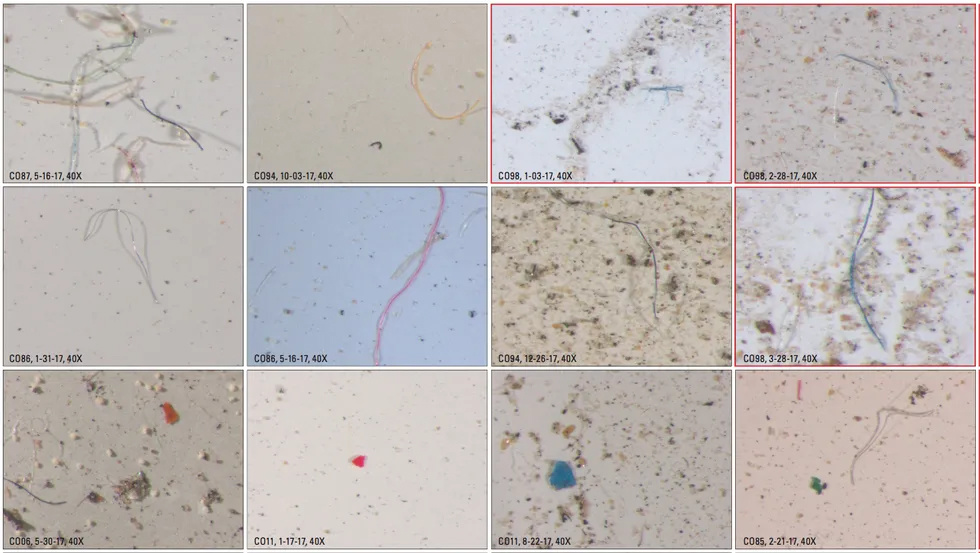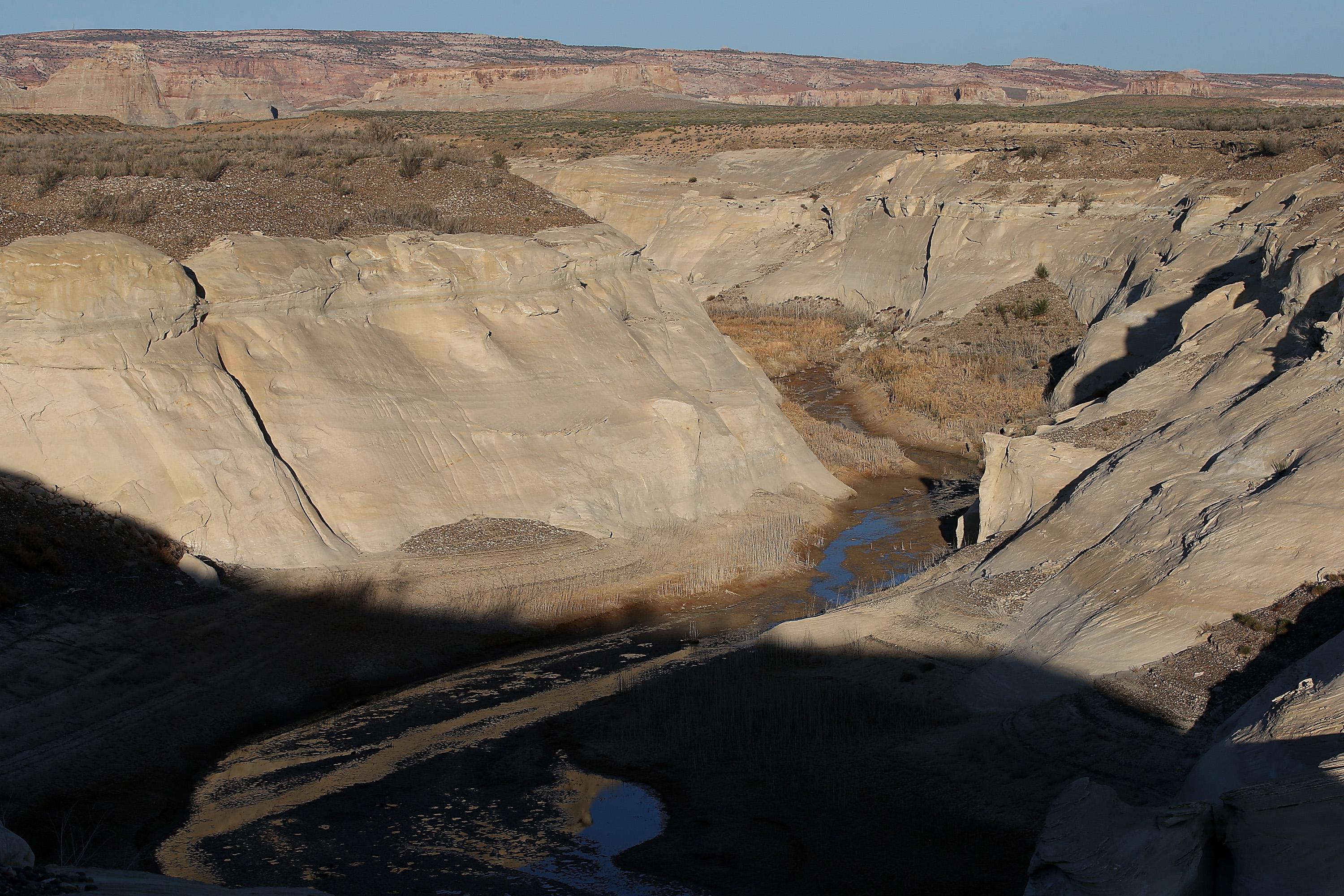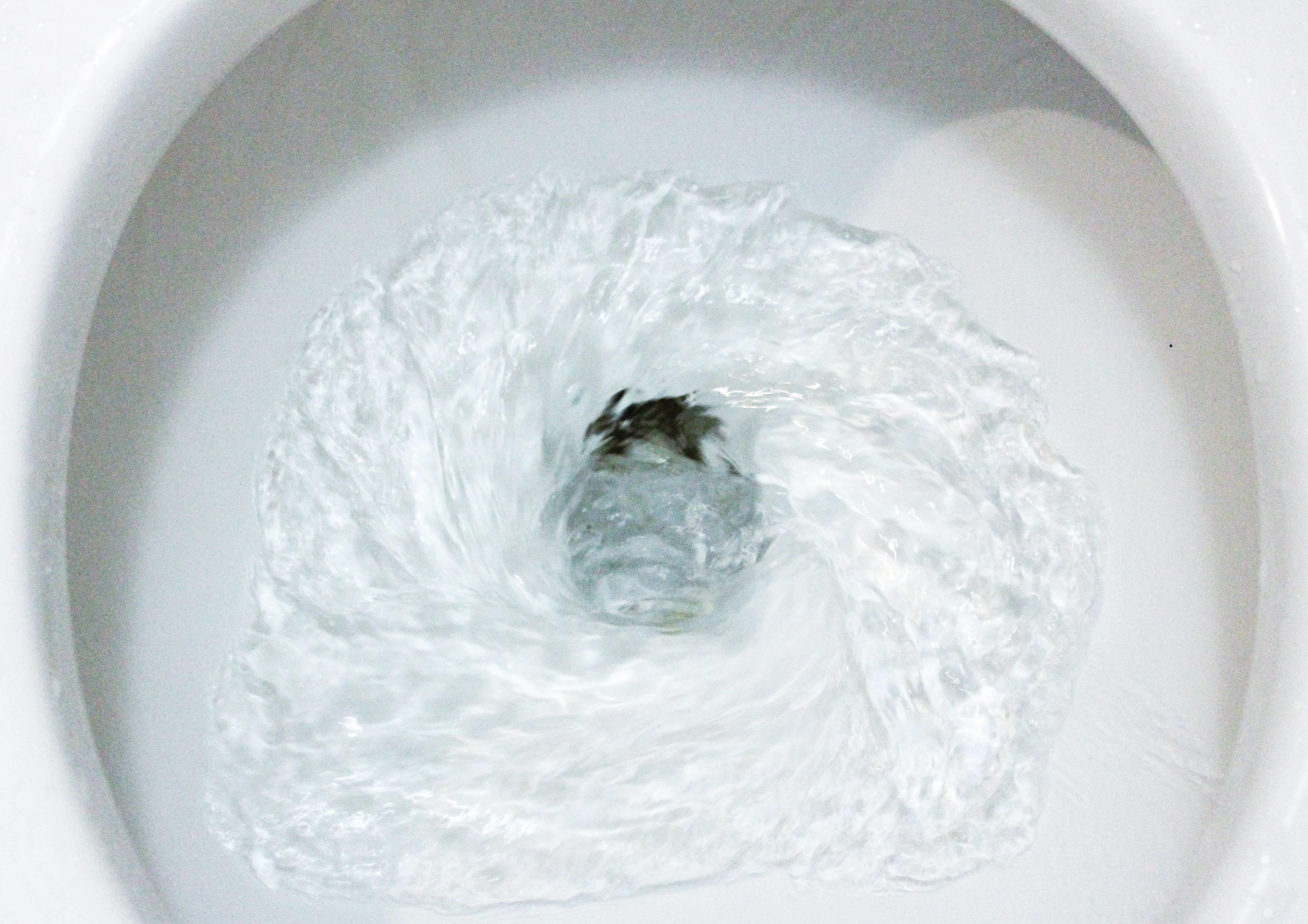Why technology often fails to replicate the “natural services” of ecosystems
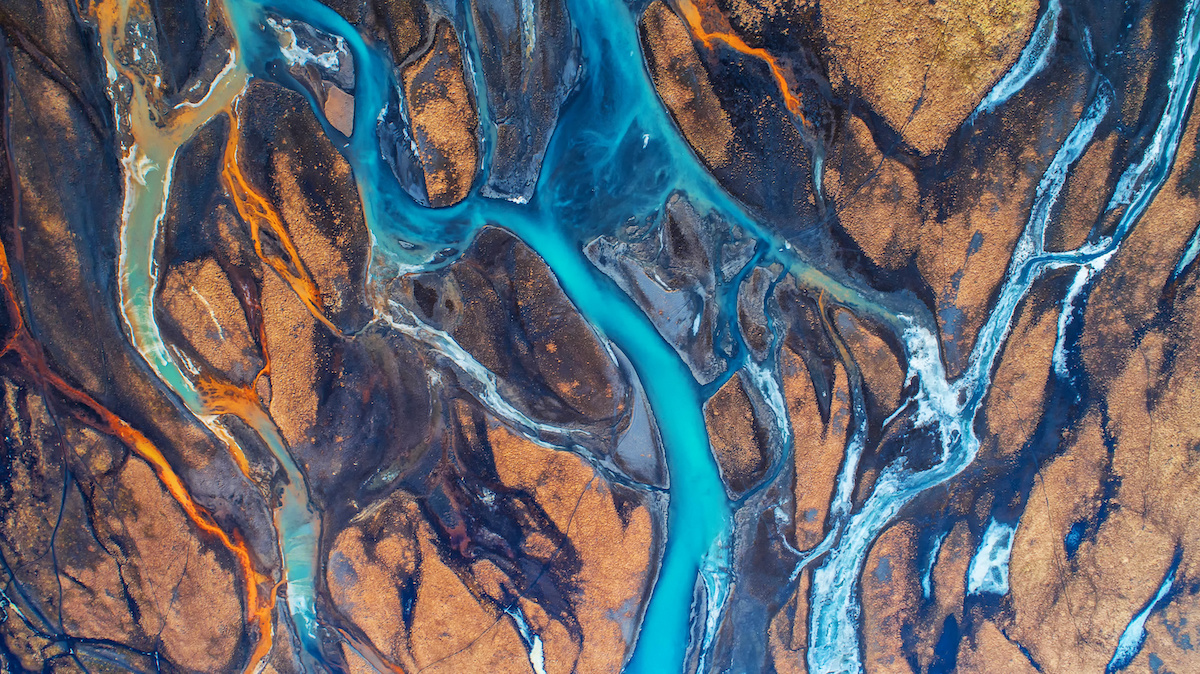
- In his new book, A Natural History of the Future: What the Laws of Biology Tell Us about the Destiny of the Human Species, author and biologist Rob Dunn explores how biological laws will continue to shape the course of humanity, despite all of our technological advancements.
- In this excerpt from the book, Dunn overviews the history of water systems, and how human population growth stressed natural water systems to their limits.
- Most attempts to replace natural systems with technology produce replicas that are missing key elements, Dunn argues.
The following is excerpted from A Natural History of the Future: What the Laws of Biology Tell Us about the Destiny of the Human Species by Rob Dunn. Copyright © 2021. Available from Basic Books, an imprint of Hachette Book Group, Inc.
WHEN MY WIFE AND I WERE GRADUATE STUDENTS AT THE UNIVERSITY of Connecticut, we lived lives of relative frugality. What extra money we had was spent on plane tickets to Nicaragua and Bolivia, where we were conducting our respective research projects. As a result, when our vacuum cleaner broke, I took it on myself to fix it. Superficially, this was the cheaper solution. I took the vacuum cleaner apart without any trouble. I also identified the broken part. Then in trying to get the broken part off, I broke another part. Luckily, Willimantic, Connecticut, where we then lived, had a shop that sold vacuum cleaner parts and repaired vacuums. I bought the needed parts and went home, but even with all the parts in hand I could not put the vacuum cleaner back together again. I made one failed attempt, resulting in a vacuum cleaner that would suck air but sounded like a garbage disposal. I admitted failure and took the vacuum cleaner to the repair shop, disassembled, in a bucket. The owner looked in the bucket and said, without much fanfare, “Whoever tried to put this back together again was an idiot.” In an attempt at saving face I blamed my neighbor, to which the repair shop owner said, “You need to tell your neighbor that it is easier to break something than it is to put it back together.” He might have added, “especially if you aren’t an expert.” I bought a new vacuum cleaner.
That it is easier to break something than to put it back together or rebuild it from scratch is as true for ecosystems as it is for vacuum cleaners. This is a very simple sentiment, a sentiment that scarcely seems to rise to the level of a rule, much less a law. It is squishier than the species-area law, for example, and it isn’t as direct a function of our senses as is Erwin’s law. Nor does it have the same universality as the law of dependence. Yet it has enormous consequences. Consider tap water.
For the first three hundred million years after vertebrates dragged their big bellies up onto shore, they drank the water in rivers, ponds, lakes, and springs. Most of the time that water was safe. There were unusual exceptions, however. For example, water downstream of beaver dams often contains the parasite giardia. This parasite is unwittingly “contributed” to the water by beavers, in whom it often dwells, which is to say that beavers pollute the water systems they manage. But as long as you didn’t drink downstream of beaver settlements, for the most part parasites in water were rare, as were many other health problems. Then, just a moment ago in the big sweep of time, as humans settled in large communities in Mesopotamia and elsewhere, they began to pollute their own water systems, whether with their own feces or, once animals were domesticated, those of cows, goats, or sheep.
In those early settlements, humans “broke” the water systems on which they had so long depended. Until the cultural transitions that led to large urban centers, such as in Mesopotamia, parasites had been cleaned from water through competition with other organisms in the water and via predation by larger organisms. Most parasites were washed downstream, where they were diluted, sun-killed, outcompeted, or eaten. These processes occurred in lakes and rivers but also underground as water seeped through the soil and then into deep aquifers (it is into such aquifers that wells have long been dug). But eventually, as human populations grew, the water on which they depended came to contain more parasites than could be processed by nature. The water became polluted with parasites, which were then ingested each time someone took a sip. The natural water system had broken.
Initially, human societies responded to this breakage in one of two ways. Some societies figured out, long before knowing about the existence of microbes, that fecal contamination and illness were linked and sought ways to prevent contamination. In many places, this took the form of piping water into cities from more remote locales. But it could also include more sophisticated approaches to disposing of feces. In ancient Mesopotamia, for example, at least some toilets existed. Demons were thought to dwell inside those toilets, perhaps prefiguring an understanding of the microbial demons that fecal-oral parasites can be (however, there is also some indication that some people preferred to defecate in the open). More broadly, however, approaches that successfully controlled fecal-oral parasites, whatever they might have been, would prove to be the exception. People suffered and were never quite sure why, a reality that continued, to varying extents in different regions and cultures, for thousands of years, from about 4000 BCE to the late 1800s, when the existence of a link between contaminated water and disease was discovered in London in the midst of what we now know to have been a cholera outbreak. Even then, the discovery was initially doubted (and fecal-oral parasites still remain a problem for much of the world’s population), and it would take decades before the actual organism responsible for that contamination, Vibrio cholerae, was observed, named, and studied.
Once it became clear that fecal contamination could cause disease, solutions began to be implemented to disconnect urban fecal flows from drinking water. The waste of London, for example, was diverted away from the water that Londoners drank. If ever you feel smug about the cleverness of humanity, remember this story and its takeaway—namely, that it was not until about nine thousand years after the earliest cities began that humans figured out that feces in drinking water could make them ill.
In a few regions, the natural ecosystems around cities were conserved in such a way that the ecological processes carried out in forests, lakes, and underground aquifers could continue to be relied upon to help keep the parasites in the water in check. Communities conserved the natural ecosystems present in what ecologists call the watershed, the area of land through which water flows en route to some final destination. In natural watersheds, water flows down tree trunks, among leaves, into soil, between rocks, along rivers, and eventually into lakes and aquifers. In some places, the conservation of watersheds was haphazard or even inadvertent, the result of the idiosyncrasies of how cities grew. In other places, it was the result of the distance between cities and the places from which water was piped. In essence, water was kept safe by bringing it from very far away. In still other places, success came from investing heavily in conservation programs that ensured the protection of the forests around the city. This was the case with New York City, for instance. In all of these scenarios, people continued to benefit from the parasite-controlling services of wild nature, often without knowing they were doing so.
In a few lucky regions, the services of nature are still intact enough to be sufficient or nearly sufficient to keep drinking water free of parasites. The far more common story, however, is one in which the water systems on which cities were dependent were not sufficiently conserved, or in which the scale of contamination and the disruption of the natural water systems proved to be too great for the amount of forest, river, and lake that was conserved. The great acceleration of human population growth and urbanization “broke” many rivers, ponds, and aquifers from the perspective of their ability to keep parasites in check. Independently, the people in control of different urban water systems decided that water would need to be treated, at large scales, to provide parasite-free drinking water to the urban masses.
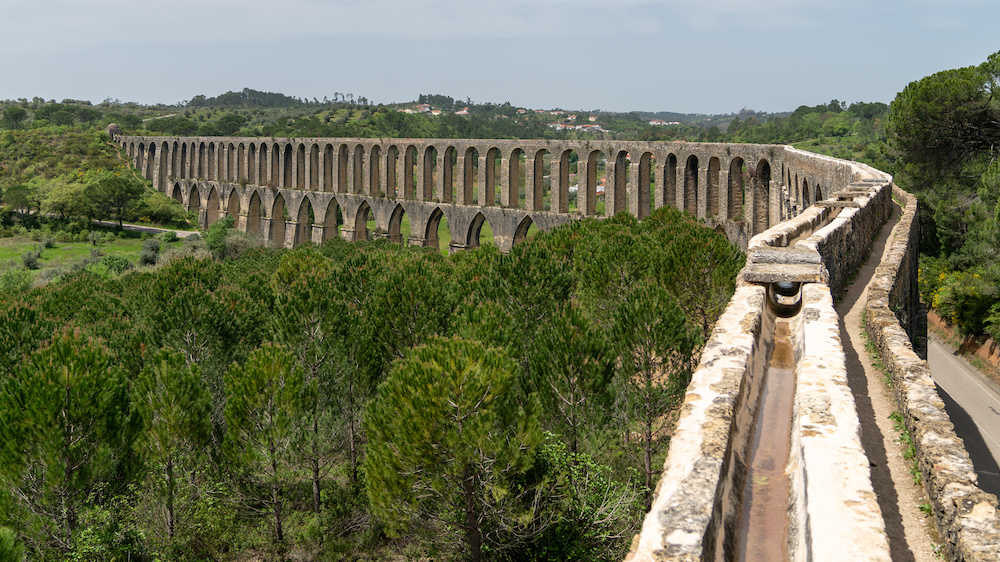
Water-treatment facilities began to be developed in the early 1900s, and they employed a variety of technologies that mimicked processes that occurred in natural bodies of water. But they did so relatively crudely. They replaced the slow process of movement through sand and rock with filters, and the competition and predation of rivers, lakes, and aquifers with biocides, such as chlorine. By the time the water reached houses, the parasites would be gone and much of the chlorine would have evaporated. This approach has saved many millions of lives and remains the only realistic approach for most of the world. Many of our water systems, especially our urban water systems, are now simply too polluted to be relied on for untreated drinking water. In such contexts, there is little choice but to treat the water to try to make it safe again.
Recently, my collaborator Noah Fierer led a large group of other researchers, myself included, in a project to compare the microbes associated with tap water sourced from natural, untreated aquifers (such as that from household wells) to the microbes associated with water sourced from water-treatment facilities. Together, we focused on a group of organisms called nontuberculous mycobacteria. These bacteria, as their name suggests, are kin to the bacteria that cause tuberculosis. They are also kin to the bacteria that cause leprosy. They are not nearly as dangerous as either of these parasites, and yet nor are they innocuous. The number of cases of lung problems and even deaths associated with nontuberculous mycobacteria in the United States and a handful of other countries is on the rise. Together, our research group wanted to understand if these bacteria tend to be associated with either water from treatment plants or water that came from wells and other untreated sources.
Our team studied the microbes in tap water by focusing on a habitat where those microbes often accumulate, showerheads. What we found in studying the life in showerheads was that the nontuberculous mycobacteria, which are not very common in natural streams or lakes, even in streams and lakes contaminated with human waste, were far more common in water coming from water-treatment plants, especially water containing residual chlorine (or chloramine) meant to prevent parasites from living in the water during its trip from the water-treatment plant to someone’s faucet. Generally speaking, the more chlorine present in the water, the more mycobacteria. Let me say this again for clarity: these parasites were more common in the water that was being treated to rid it of parasites.
When we chlorinate water, or use other similar biocides, we create an environment toxic to many microbes (including many fecal-oral parasites). This has saved many millions of lives. However, this same intervention has also favored the persistence of another kind of parasite, nontuberculous mycobacteria. Nontuberculous mycobacteria turn out to be relatively resistant to chlorine. As a result, chlorination creates conditions in which nontuberculous mycobacteria thrive. As a species we disassembled a natural ecosystem and put it back together, more cleverly than I reassembled my vacuum cleaner and yet, nonetheless, imperfectly. Researchers are now working on ever-cleverer devices to be used to treat water, including ways to rid water systems of nontuberculous mycobacteria. Meanwhile, cities that invested in the conservation of forests and water systems and their services, and as a result rely less on water filtration and chlorination (or entirely do without), are in the enviable situation of having little in the way of nontuberculous mycobacteria in their tap water and showerheads. They have, in other words, one fewer problem to fix.
For hundreds of millions of years, animals have relied on the services of nature to reduce the abundance of parasites in water supplies. Humans, in producing large quantities of bodily pollutants and spreading them widely, overwhelmed the ability of aquatic ecosystems to provide these services. We then invented water-treatment plants to take the place of the natural services of aquatic ecosystems. But in doing so, we created a system that works and yet doesn’t do all the things that its natural counterpart did, despite enormous investment. Something has been lost in the re-creation. In part the problem is one of scale (the great acceleration has led to a great acceleration in the amount of feces humans produce globally), but it is also a problem of our understanding. We don’t yet know quite how forest ecosystems perform their services, such as those associated with keeping populations of parasites in check. Nor do we fully understand the circumstances in which they perform these services and when they don’t. As a result, when we seek to engineer and re-create simpler versions of those ecosystems, we invariably make mistakes.
It is worth noting here I am not making an argument that it is necessarily cheaper to save nature than to rebuild nature. A large literature considers this sort of economic question, measuring things like (1) how expensive it is to conserve a watershed, (2) the net value of the services provided by that watershed, and (3) the negative long-term “externalities” associated with relying on a water-treatment facility rather than conserving the watershed. Externalities are those costs that capitalist economies tend to forget to figure into the calculations, such as pollution and carbon emissions. In some cases, many cases really, the ecosystem services provided by natural ecosystems are more economical than their replacements. In other cases, they are not. But this is not quite my point.
My point is, instead, that even in those cases in which the most economical (by any measure) solution is to replace a functioning natural ecosystem with technology, doing so tends to yield replicas of those natural systems that are missing parts and, more generally, act “like” nature systems but not as natural systems.


